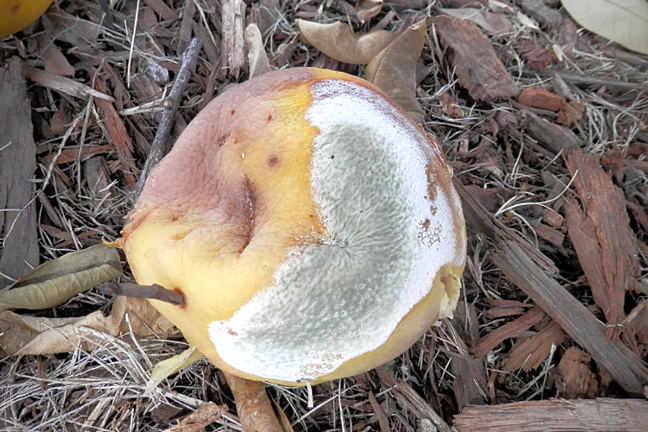Grey Mould Control in Your Garden
Botrytis cinerea and Botrytis spp.

Botrytis cinerea and Botrytis spp.

Grey mould is a common and widespread disease. It is caused by botrytis, a fungal pathogen which attacks a wide range of vegetables, fruits and ornamental plants, infecting stems, leaves and/or flowers.
The fungus produces sclerotia – compact masses of hardened fungal filaments – and this helps it persist in pieces of dead plant material and also survive extreme environmental conditions. The disease is easily spread via wind and rain but can only infect plants through natural openings or mechanical wounds.
Interestingly, botrytis is also responsible for causing the disease 'bunch rot' in grapes. While this can impact quality and lead to crop loss, if conditions are dry following the infection period, the result is a sweet dessert or 'botrytis style' wine. Sometimes the wine is also called a Noble Late Harvest or Noble sweet dessert wine. In viticulture, grapes are deliberately inoculated with botrytis and as the grapes dehydrate and shrivel up, the sugar content in the fruit increases and imparts unique flavours. For this reason, it is often referred to as the 'noble rot'.
The symptoms can vary depending on the host plant. It can be difficult to diagnose grey mould as its symptoms include:
Generally, leaves develop water-soaked spots that become grey and brown as they enlarge and age. On flowers, dark brown blotches or flecks appear on the petals. The most obvious sign of infection is the presence of fuzzy grey mould. Under cool and humid conditions, grey fuzzy mycelium grows over the infected areas and eventually develops spores that readily spread to neighbouring plants. However, the furry grey mould is not always necessarily present, so the disease is often confused with other fungal issues, like leaf spots, blights, and root and collar rot.
Small black hard structures of melanised fungal filaments (2-4mm) can appear on dead plant material and continue to persist until conditions are favourable for germination.

Botrytis can survive on dead plant material, so it's important to remove as much dead plant material as possible to prevent it from spreading. The disease favours cool and humid conditions, so avoid overhead watering and space plants correctly at planting time to help provide good air flow. Ensure you only use disease-free planting material and handle plants carefully during transplanting and care to prevent introducing any sites for infection. Additionally, removing dying flowers from ornamental plants will also help reduce potential sites for infection.
If symptoms are sighted, remove and bin affected plant material. Ensure you use a sharp and sterile pair of secateurs, sterilising with a bleach solution (1-part bleach to 9-parts water) between cuts to help prevent the disease spreading.
To help prevent infection, start spraying with a suitable fungicide when conditions are favourable.
To help prevent grey mould in strawberries, spray with Yates Liquid Copper when plants are established and repeat every 7-10 days.
For grey mould on chrysanthemums and gladioli, treat with Yates Mancozeb Garden Fungicide Plus Miticide.